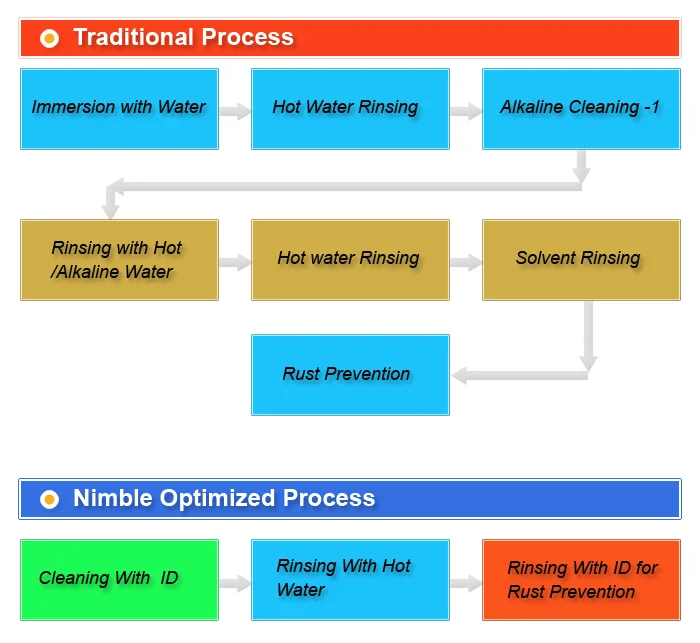Our Services
- Process & Cost Optimization
- New Process Design
- New Product & Application Development
- EHS Invigorate
Process & Cost Optimization
Why are engineers interested in optimization? What benefits result from using this method rather than making decisions intuitively? Typical problems in chemical engineering process design or plant operation have many (possibly an infinite number) solutions. Optimization is concerned with selecting the best among the entire set by efficient quantitative methods. This article is commenting some of them.
Optimization Provides the fields of science, engineering, and business. A typical engineering problem can be posed as follows: A process can be represented by some equations or perhaps solely by experimental data. You have a single performance criterion in mind such as minimum cost.
The goal of optimization is to find the values of the variables in the process that yield the best value of the performance criterion. A trade-off usually exists between capital and operating costs. The described factors, process or model and the performance criterion-constitute the optimization problem.;
Why Optimize?
- Saves Process Times
- Saves Labor
- Saves Electricity
- Saves Cost of Consumables
- Saves Cost of Water
- Saves on ETP Cost
- Improves out put
- Increase plant productivity
- Faster Delivery Schedules
- Saves Huge Cost
Engineers work to improve the initial design of equipment and strive to enhance the operation of that equipment once it is installed so as to realize the largest production, the greatest profit, the minimum cost, the least energy usage, and so on.
In plant operations, benefits arise from improved plant performance, such as improved yields of valuable products, reduced energy consumption, higher processing rates, and longer times between shutdowns.
Optimization can also lead to reduced maintenance costs, less equipment wear, and better staff utilization. In addition, intangible benefits arise from the interactions among plant operators, engineers, and management.
It is extremely helpful to systematically identify the objective, constraints, and degrees of freedom in a process or a plant, leading to such benefits as improved quality of design, faster and more reliable troubleshooting, and faster decision making.
Predicting benefits must be done with care. Design and operating variables in most plants are always coupled in some way. If the fuel bill for a distillation column is $3000 per day, a 5-percent savings may justify an energy conservation project.
In a unit operation such as distillation, however, it is incorrect to simply sum the heat exchanger duties and claim a percentage reduction in total heat required. A reduction in the reboiler heat duty may influence both the product purity, which can translate to a change in profits, and the condenser cooling requirements. Hence, it may be misleading to ignore the indirect and coupled effects that process variables have on costs.
Scope of Optimization Problems
From a practical standpoint, we define the optimization task as follows: given a system or process, find the best solution to this process within constraints. This task requires the following elements:
- An objective functionis needed that provides a scalar quantitative performance measure that needs to be minimized or maximized. This can be the systems cost, yield, profit, etc.
- A predictive modelis required that describes the behavior of the system. For the optimization problem, this translates into a set of equations and inequalities that are called constraints. These constraints comprise a feasible region that defines limits of performance for the system.
- Variablesthat appear in the predictive model must be adjusted to satisfy the constraints. This can usually be accomplished with multiple instances of variable values

